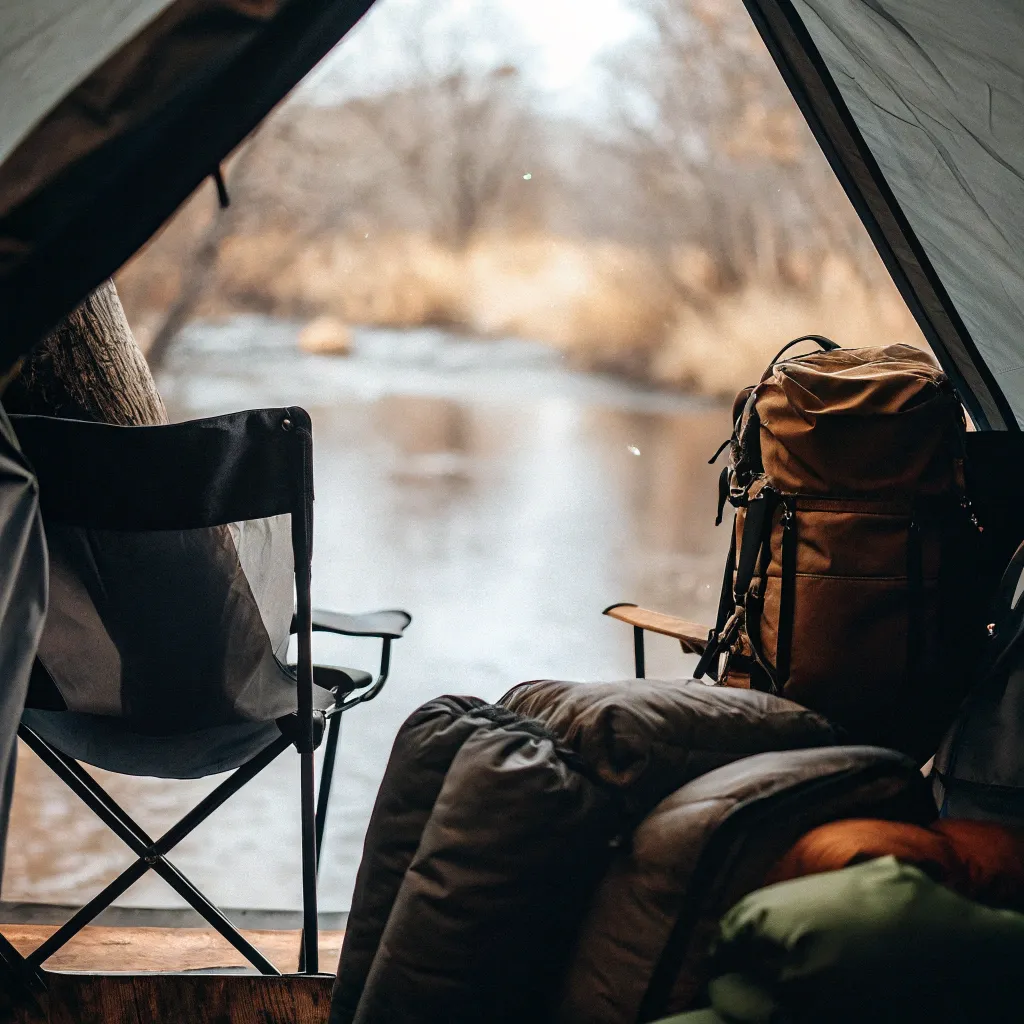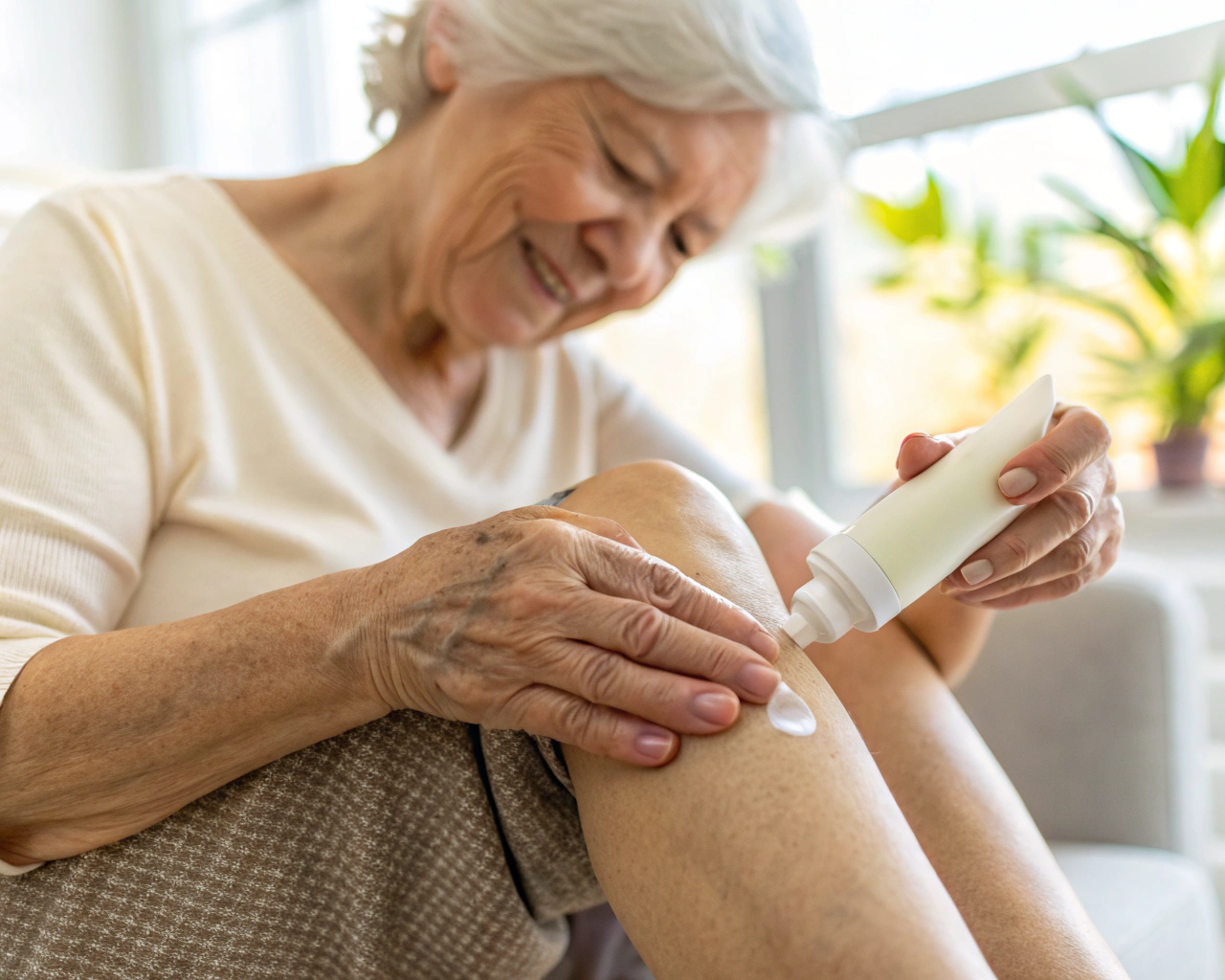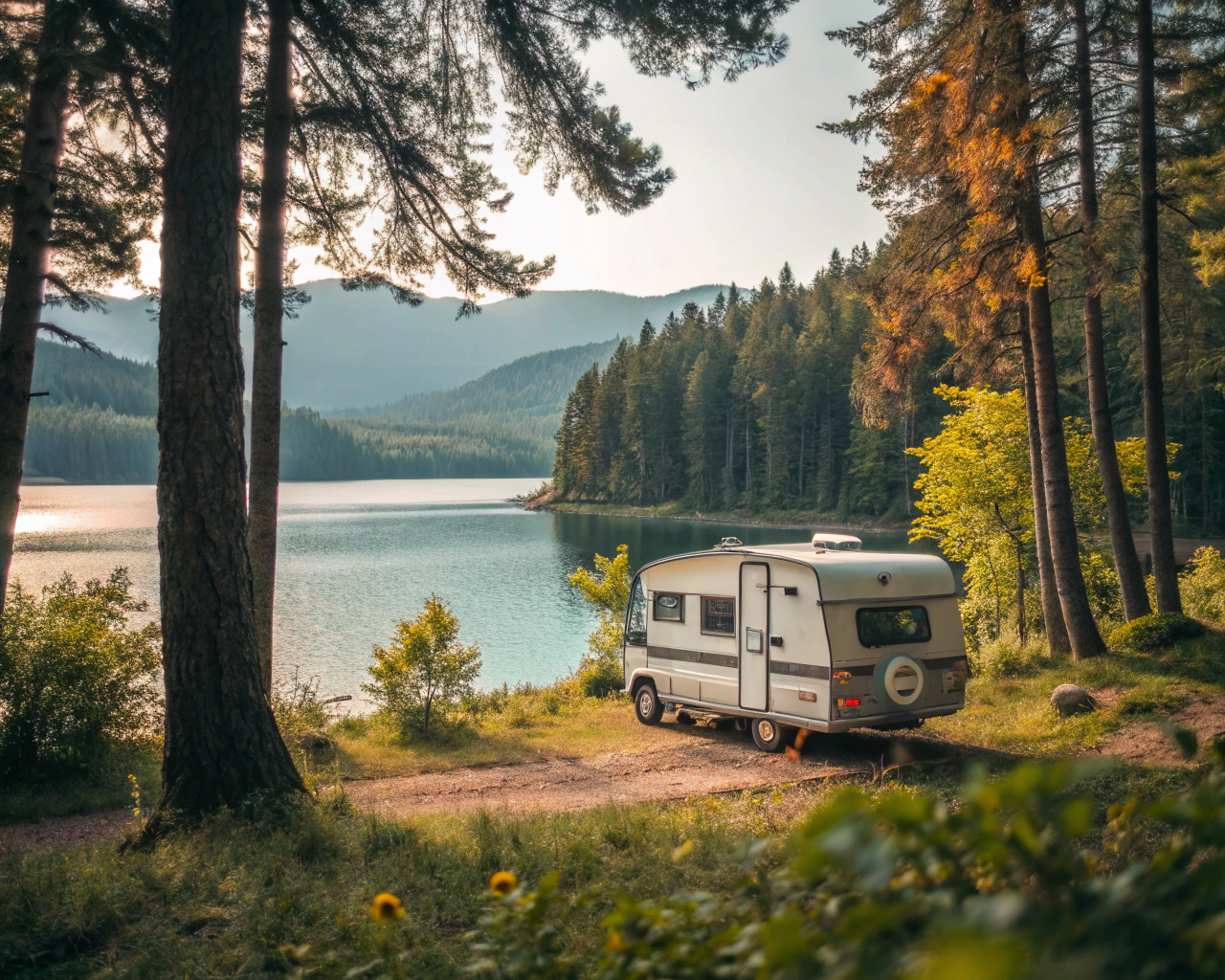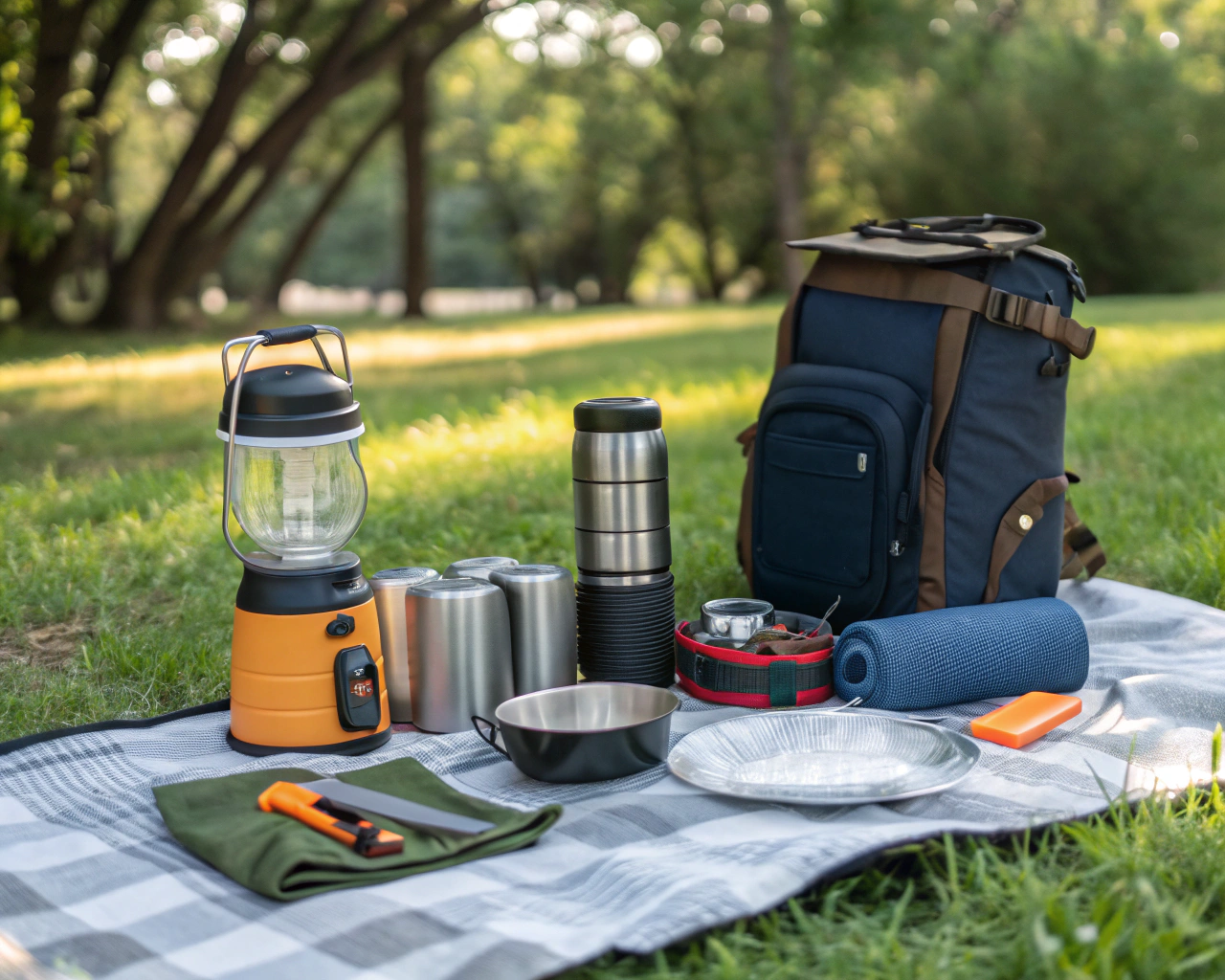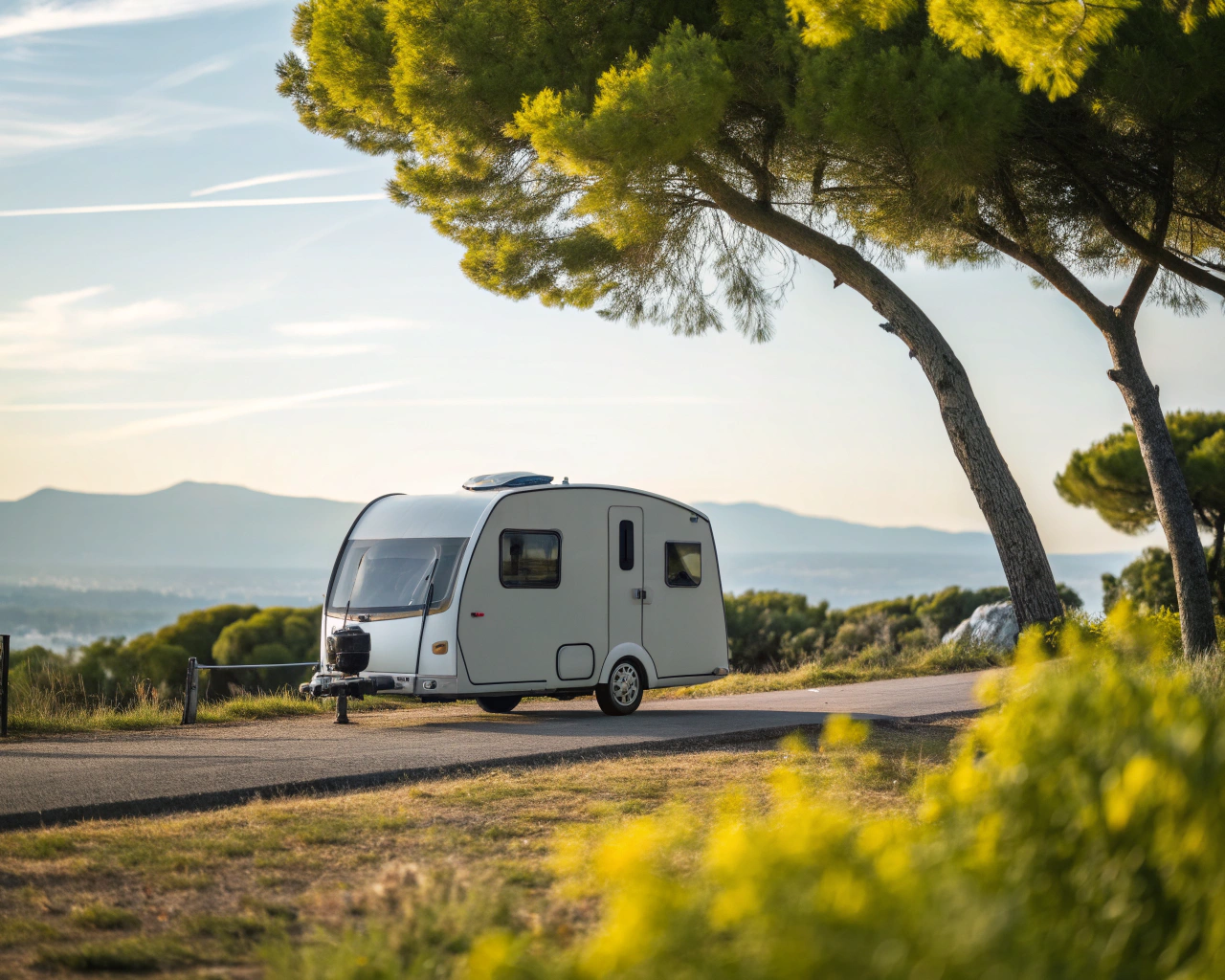Anyone who's ever unzipped a tent to find their sleeping bag soaked or pulled out moldy equipment from storage knows the frustration of dealing with wet gear. Whether you're facing unexpected rainfall during your adventure or battling humidity in your storage space, keeping your camping equipment dry isn't just about comfort—it's about protecting your investment and ensuring safety in the outdoors.
Understanding the Enemies of Dry Gear
Before diving into solutions, it helps to understand what we're up against. Three main culprits typically threaten your camping equipment:
Environmental Moisture
Rain is the obvious threat, but morning dew, ground moisture, and high humidity can be equally damaging. Even on seemingly clear nights, temperature drops can cause condensation inside tents and on equipment.
"I once woke up during what started as a clear night to find everything damp from unexpected fog that rolled in," shares experienced backpacker Jamie Watts. "The weather forecast hadn't mentioned a thing about it."
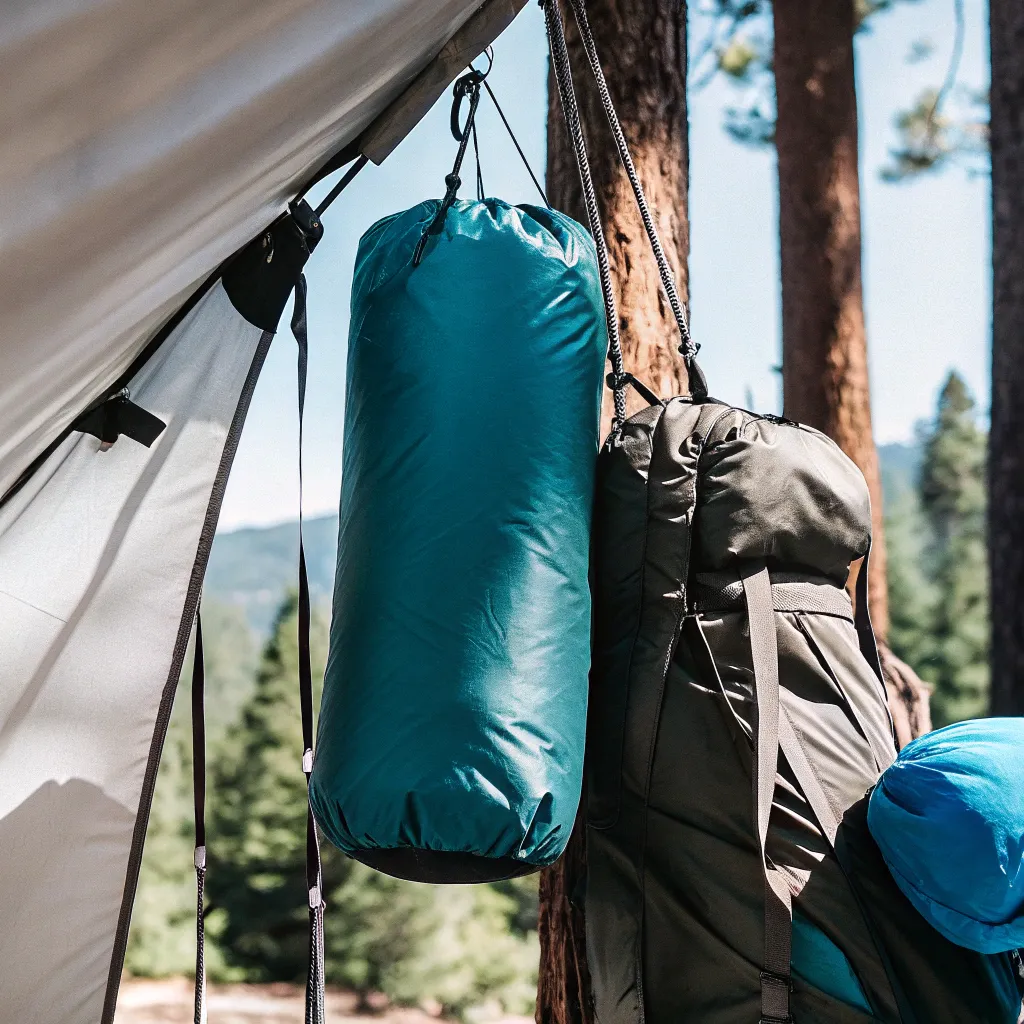
Storage Conditions
Many campers store gear in basements, garages, or attics—places often prone to humidity and temperature fluctuations. These conditions create perfect breeding grounds for mold and mildew that can ruin expensive equipment.
Proximity to Water Sources
Camping often puts us near lakes, rivers, and streams. While beautiful, these water sources increase ambient moisture and create splash zones where gear can get unexpectedly wet.
Essential Gear Protection During Your Camping Trip
Setting Up Camp with Moisture in Mind
The location of your campsite significantly impacts how dry your gear stays. Consider these factors:
- Choose elevated ground whenever possible
- Look for natural windbreaks that won't funnel water toward your site
- Avoid depressions where water might pool
- Set up at least 200 feet from water sources to avoid rising moisture
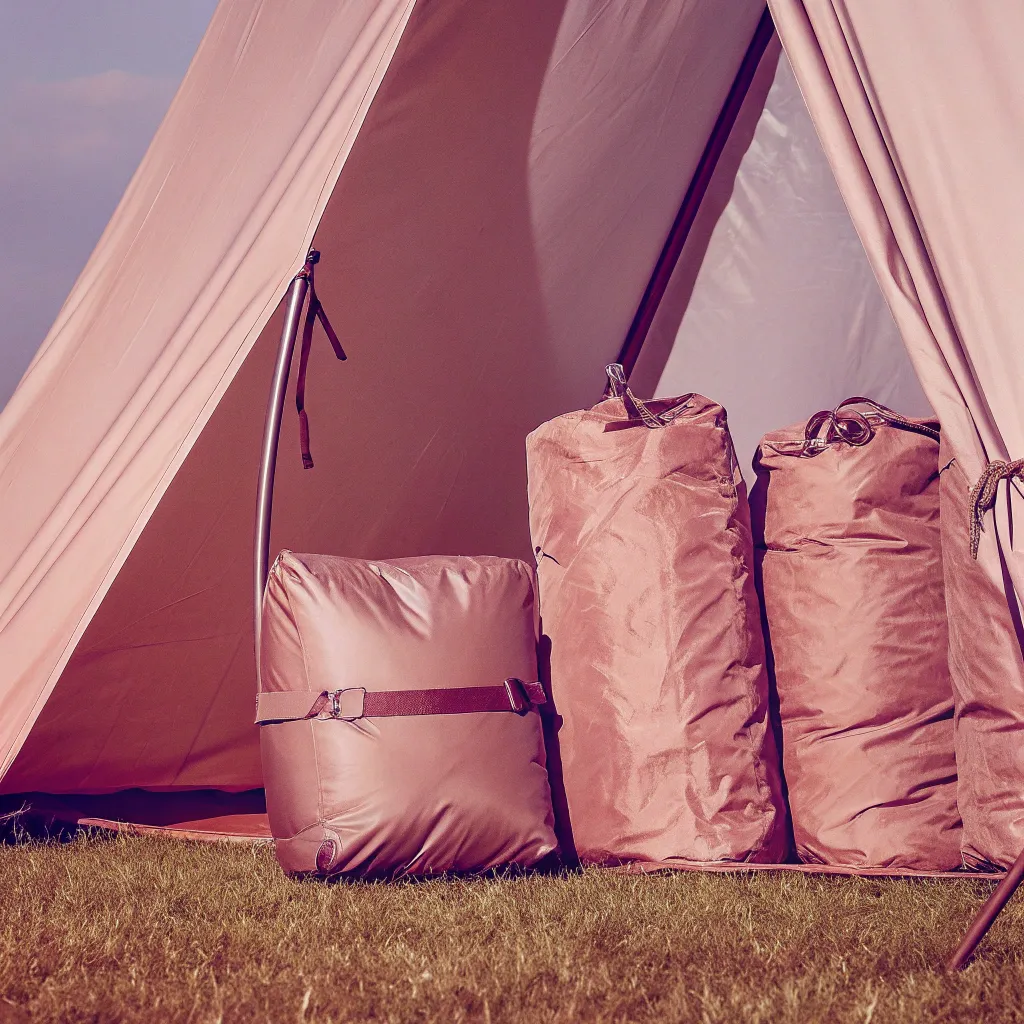
One Reddit user from r/camping suggests: "I always look up and around before setting up. Overhanging branches drop water long after rain stops, and dead trees can become waterlogged and dangerous."
Tent Management Techniques
Your tent is your primary shelter, but it needs proper management to keep everything inside dry:
- Always use a footprint or ground cloth slightly smaller than your tent floor
- Ensure rain flies don't touch the inner tent walls
- Create proper ventilation to reduce condensation
- Consider a clothesline or gear loft inside to keep items off potentially damp floors
 Image source: REI
Image source: REI
Waterproofing Your Gear
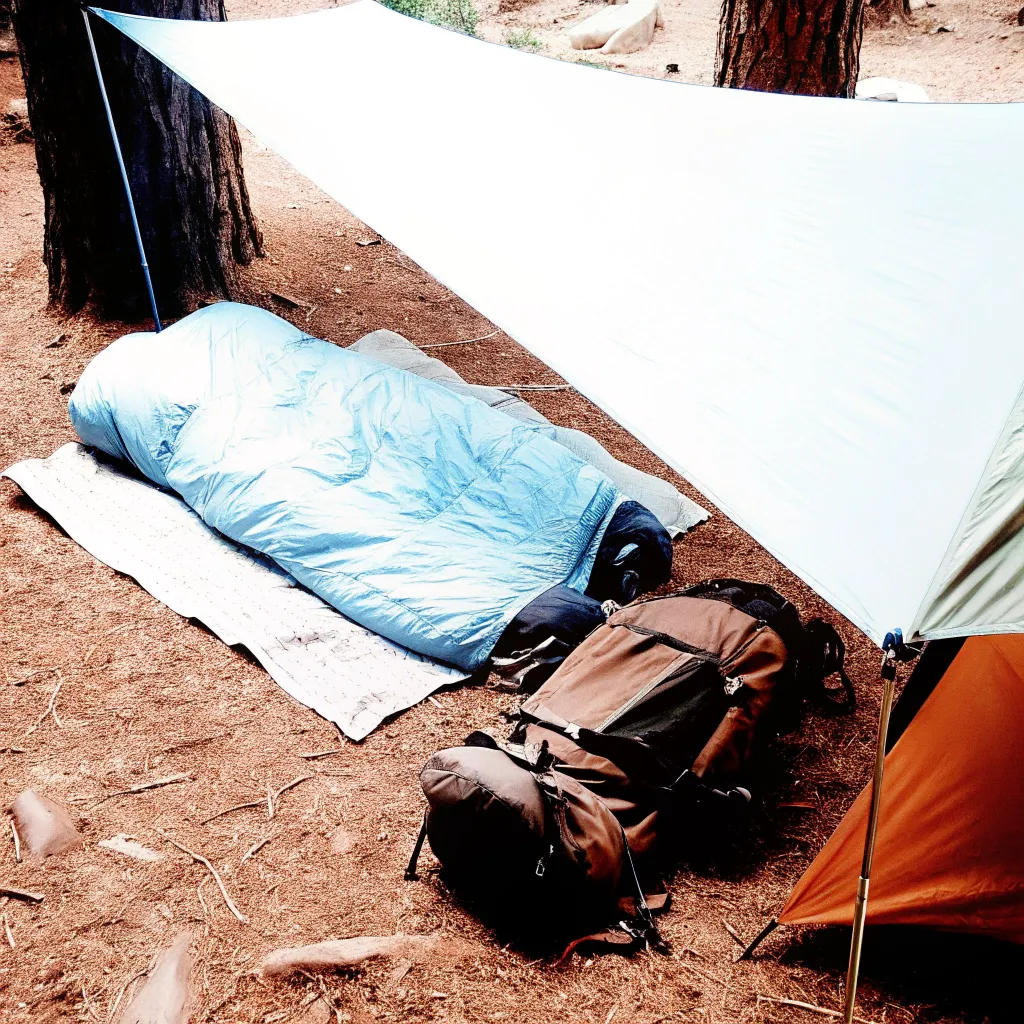
Even "waterproof" items need maintenance to stay that way:
- Regularly reapply DWR (Durable Water Repellent) treatments to tent flies and jackets
- Seam-seal older tents annually
- Use silicone spray on boots and fabric gear
- Apply wax to leather items
Quick-Dry Clothing Strategy
According to Backpacker Magazine, clothing choice plays a crucial role in staying dry:
"Opt for quick-dry layers, and pack an extra baselayer and pair of socks somewhere they won't get wet," they recommend. "If it's chilly enough for insulation, synthetic options generally perform better than down when damp."
I've found merino wool to be exceptional for base layers—it dries reasonably fast and, unlike synthetic materials, doesn't smell terrible when you've been wearing it for days.
What Do I Do When It Rains While Camping?
Rain happens—sometimes unexpectedly. When the skies open up:
- Set up a tarp or rain shelter first, then erect your tent under it
- Use stuff sacks lined with garbage bags for extra protection
- Create a dedicated "wet area" at the tent entrance
- Bring clothes inside your sleeping bag at night to dry them with body heat
- Hang wet items under rain flies (but not touching tent walls)
"Last summer in the Cascades, we got caught in a three-day downpour," says hiker Beth Collins. "We rotated drying our socks by keeping them against our stomachs while sleeping. Not glamorous, but it works!"
Drying Wet Gear in the Field
When gear does get wet:
- Take advantage of any sunny breaks to lay out wet items
- Use body heat for small essentials
- Stuff wet clothes between your sleeping pad and tent floor overnight
- Shake out moisture before packing away
- Never store wet—even temporarily if you can help it
Keeping Camping Gear Safe and Dry in Storage
The battle against moisture doesn't end when you return home. Proper storage is crucial for gear longevity.
Dealing with Basement Humidity
A Reddit user recently asked about keeping gear dry in an unfinished basement: "Our unfinished basement is very humid (even with a dehumidifier)."
Solutions include:
- Using multiple dehumidifiers strategically placed
- Creating a dedicated dry storage area with plastic shelving
- Employing moisture-absorbing products like DampRid
- Storing gear in airtight containers with desiccants
- Considering climate-controlled storage for expensive items
Organized Storage Solutions
Cascadia Vehicle Tents offers specialized "Camping Cubes" designed "to withstand the elements while keeping your gear safe and dry." While specific products help, the principles apply to any storage:
- Never store gear dirty or damp
- Clean and thoroughly dry everything before storing
- Use breathable bags for sleeping bags and tents rather than stuff sacks
- Store tents loosely folded rather than tightly packed
- Hang larger items when possible
Special Considerations for Different Gear Types
Different equipment needs different care:
Sleeping Bags:
- Store unstuffed in large cotton or mesh storage sacks
- Hang if possible
- Add cedar blocks to discourage insects and absorb moisture
Electronics and Batteries:
- Remove batteries during long-term storage
- Use sealed waterproof cases
- Add silica gel packets
Leather and Fabric Items:
- Ensure complete drying before storage
- Apply appropriate conditioners and waterproofing
- Store in breathable containers away from direct heat
Camping with Pets: Keeping Everyone Dry
If you camp with furry companions, moisture management becomes even more challenging. As Katabatic Gear notes in their blog about ultralight backpacking with dogs: "I always bring a small camp towel to dry Karluk off from the rain and mud to help keep us both dry and clean at night."
Additional tips include:
- Bring a separate small tarp for dog sleeping areas
- Pack extra towels specifically for pet use
- Consider a lightweight, quick-dry dog jacket for rainy conditions
- Create a "dog station" at the tent entrance for wiping paws
Safety Considerations When Drying Gear
In desperation to dry gear, some campers make dangerous choices. Outside Magazine warns about heating tents: "Diesel is oily and smelly, so you want to keep it away from your camping gear, and you want to make sure the heater's exhaust runs well away..."
Safe drying practices include:
- Never use propane heaters inside tents
- Keep gear a safe distance from campfires to avoid sparks
- Don't drape wet items directly on hot lanterns
- Avoid the temptation to use your car's heater full-blast on gear
Final Thoughts on Keeping Gear Dry
Moisture management is an ongoing process rather than a one-time solution. By combining proper preparation, careful site selection, quality gear, and appropriate storage, you can significantly extend the life of your camping equipment while ensuring more comfortable outdoor experiences.
Remember that even the best gear will eventually face moisture challenges—the key is responding quickly and appropriately when it happens. With these strategies in your camping toolkit, you'll be better prepared to keep your gear dry and safe in virtually any condition.
What's your best tip for keeping gear dry while camping? Everyone seems to have their own clever hack that's saved a trip at some point!

